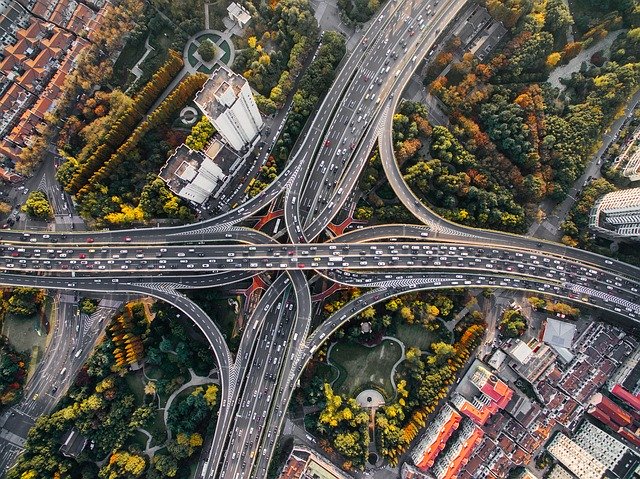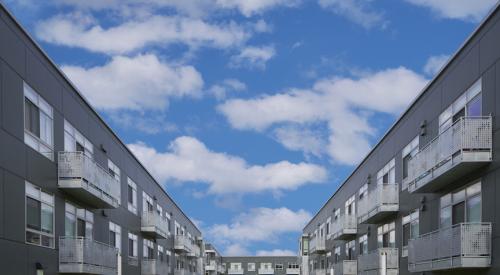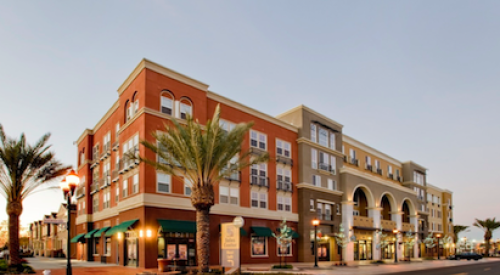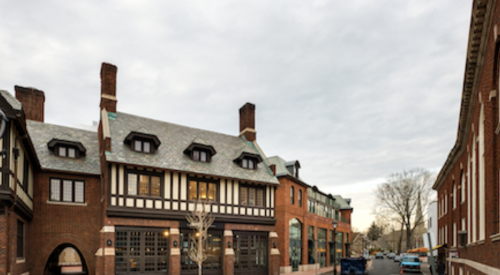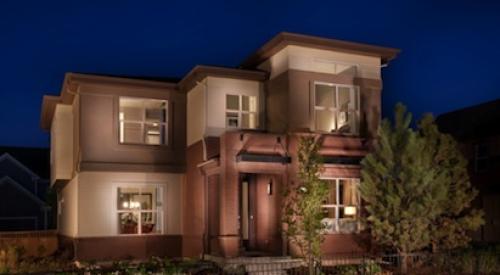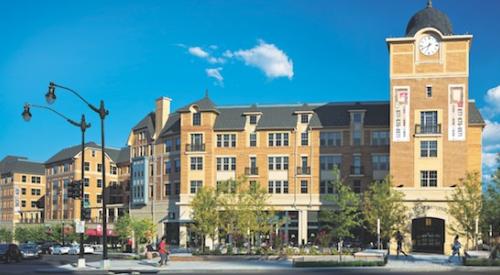With miles of asphalt and sweeping concrete, urban highways feel immovable, like they’re part of the skeleton of the city. But some enterprising cities are seeing the land as more than that: By relocating the highways underground or removing them completely, places like Rochester, New York, envision the space as an opportunity to enhance life in the city with museums and apartment buildings, instead of functioning as an escape route to the suburbs after the old nine-to-five.
On South Union Street, workers are putting the finishing touches on a new luxury apartment building. Nearby, a museum plans an expansion and new parking garage.
Not long ago, the land where all this construction is taking place was the Inner Loop, a six-lane sunken highway surrounding downtown. In 2014, the city embarked on a plan to bury part of the highway under a mountain of dirt and build a new neighborhood on top of it.
The result: $229 million in new investment, including 519 homes and 45,000 square feet of commercial space. Removing that section of highway has been so successful, officials say, they are now considering burying more of it.
